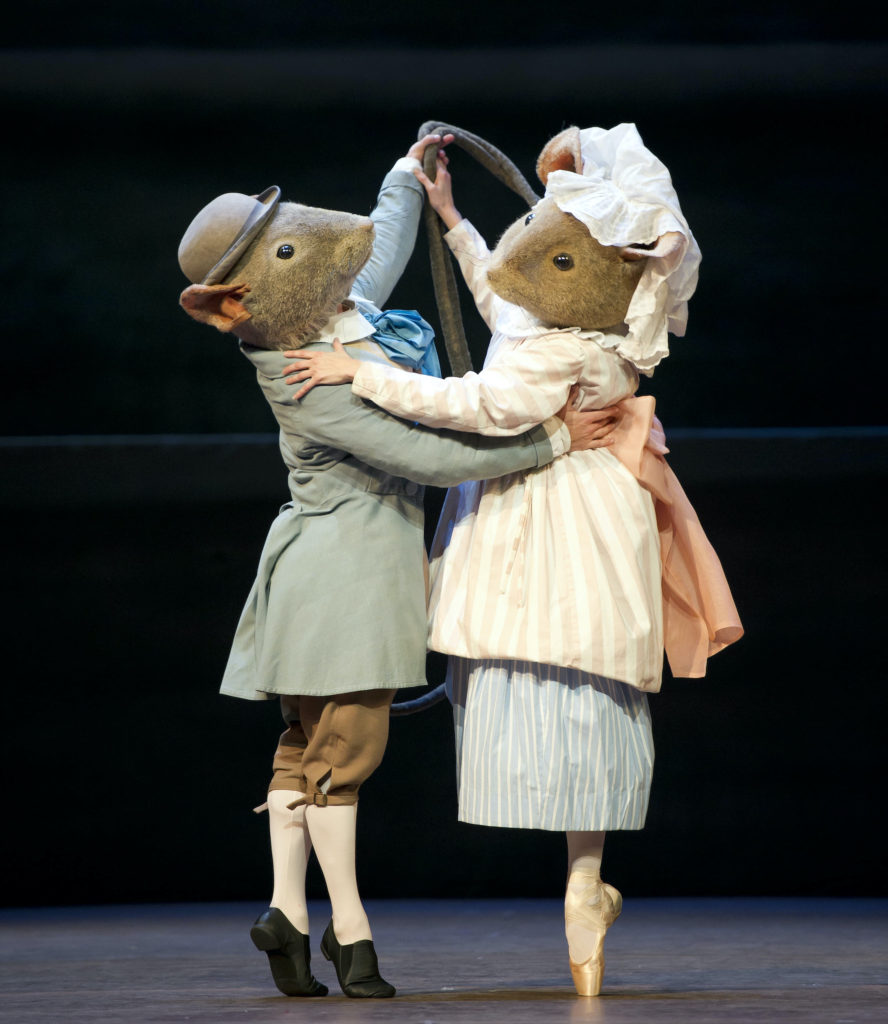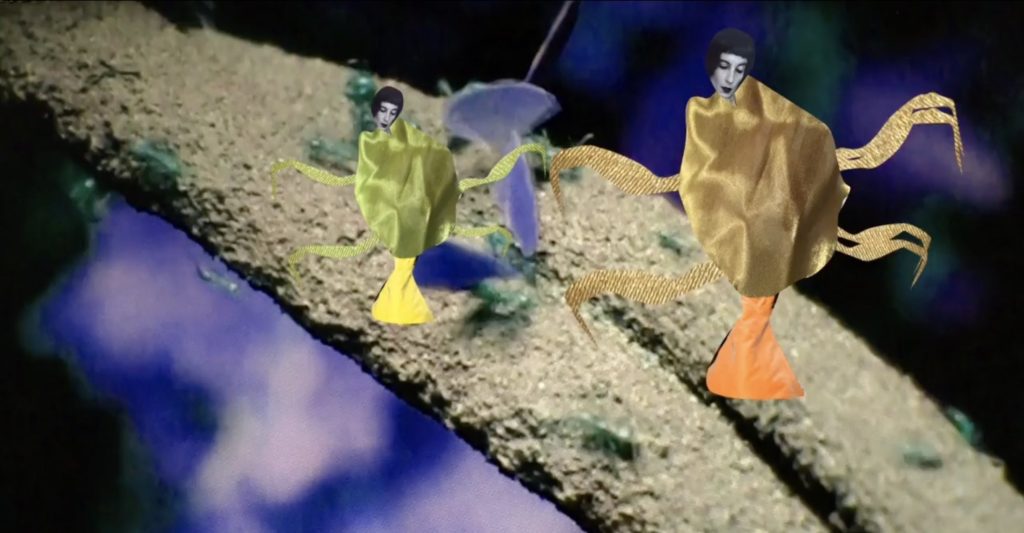Life Moves: Dancing in the Anthropocene - Vancouver Ballet Society
- Home
- Life Moves
- Life Moves: Dancing in the Anthropocene

By Marisa C. Hayes
A Japanese dancer recently confided in me that many European audiences complain that her body remains “hidden” beneath a kimono. While these members of the public are likely unfamiliar with the profound cultural significance of the kimono, her practice of traditional Japanese dance is intimately linked to the traditional garment. Characterized by wide sleeves and multi-layered silk drapery, the kimono generates many of the dancer’s movements and often serves as a gateway to a realm of spirits and non-human animals.
Similar stories of directors rejecting sculptural costumes and complaining about the body’s lack of visibility onstage have accumulated over the years. Of course, there are exceptions, but this dominance of minimalist and form-fitting clothing with a focus on “seeing the body” in neo-classical ballet and contemporary dance has led me to wonder: Are human figures the only bodies that audiences can relate to? What happens when the human body is our only point of reference?
Since the outbreak of the COVID-19 pandemic, mainstream interest in how nature and humans interact has skyrocketed. The planet has been so greatly altered by human activity that scientists have recognized the dramatic shift by coining a new geological epoch, the Anthropocene, or “the age of humans.” They draw on ample evidence that demonstrates how widespread pollution, mass extinctions, new viruses, and climate change are the result of unsustainable human practices. As an art form predominately performed by humans, what impact will dance have on the future of the Anthropocene?
Dance has been, and continues to be, a vehicle through which human bodies can channel and connect to other life forms. But this has often been met with resistance on the western stage. Loie Fuller, an American renowned for her fin-de-siècle performances in Paris, danced in large sculptural costumes. With the aid of coloured light projected onto multiple layers of fabric, the dancer transformed into a swirling mass of organic life forms, including plants and insects. Critical responses to Fuller’s performances were mixed, with some reviewers refusing to recognize her work as dance due to the human body’s “disappearance.”

Several decades later, Tales of Beatrix Potter was choreographed by Frederick Ashton for a 1971 film danced by the Royal Ballet, followed by Anthony Dowell’s stage version of the Ashton choreography for the same company in 1992. While family audiences responded favourably to the beloved stories of anthropomorphic rabbits, frogs, mice, and hedgehogs (the latter are currently classified as “vulnerable to extinction”), which dancers performed wearing sculpted animal suits, multiple stage runs were received less enthusiastically by critics. Several described the non-human characters as “nauseating” and implied that the furry suits only hold interest for children.
Anthropomorphism is indeed often associated with children’s literature and theatre in the west, with animal narratives providing an important entrée into the world of nature, non-human connections, and stewardship of the natural world for youngsters. But by relegating the anthropomorphic to a fanciful realm of childish distraction, denying any meaningful similarities between humans and non-humans, are we eliminating the possibility of recognizing an important wider web of life?
Offstage, numerous traditional dance cultures revere the anthropomorphic, underscoring equitable interactions between human communities and their more-than-human counterparts. Indigenous dance scholar Tria Blu Wakpa identifies more-than-human as “air, land, water, the cosmos, and nonhuman animals,” drawing on the wealth of these connections embodied in the dances of Native American and First Nations cultures.
Recent projects have begun to expand our understanding of how the human body and costumes might offer greater perceptions of the more-than-human, becoming a site of multiple life forms. The Swiss choreographer and former Merce Cunningham Dance Company member, Foofwa d’Imobilité, recently appeared wearing a long train composed of moss, vegetables, grass, and flowers. This mobile garden attached at the waist is at the centre of Halo de Fraîcheur (Fresh Halo) an artivist (artist + activist) project conceived by d’Imobilité in collaboration with dancers Alizée Sourbé and Alex Landa, and permaculturalist Pascual Perracini. Seven metres of greenery trail behind three dancers who alternate wearing the garden as they navigate Geneva’s urban blacktop. Inspired by an urban climate initiative motto, “Trees instead of asphalt,” their presence questions the lack of greenery in city spaces, particularly public squares devoid of any plant or animal life. By wearing the garden on their own bodies, they not only remind us of our dependence on plant life, they also suggest what greener urban spaces might look like.

Screendance offers promising possibilities to contemporary choreographers seeking to challenge anthropocentric limitations on empathy and perception. Kathy Rose, a Philadelphia-based interdisciplinary dance and visual artist, creates short films that use animation software to interchange the body parts of human and non-humans, including liquids, birds, and trees.

Laura Cull Ó Maoilearca’s project Performance Philosophy & Animals: Towards a Radical Equality at the University of Surrey in the UK also proposes an alternate model to consider similar questions via a long-term research investigation that tackles the role performance plays in our relationship to non-human animals. For a performance run of Carnival of the Animals, Cull Ó Maoilearca designed an illuminated Bestiary for audiences that describes various species and a lesson derived from each.
While the dance world’s interest in sustainability is on the rise, from eco-responsible project design to stage content itself, the stage as a host for more-than-human dancing bodies remains underused. Some historians argue that western dance shifted to the anthropocentric with Louis XIV’s focus on dance and the nobility. Earlier 17th-century costume drawings indicate that dancers performed trees, non-human animals, and even a range of objects. Of course, the human body remains the much-lauded instrument of the dancer, but can the theatre’s powers of transformation expand our knowledge and understanding of the more-than-human? If so, in this age of the Anthropocene, are audiences ready to partake?

